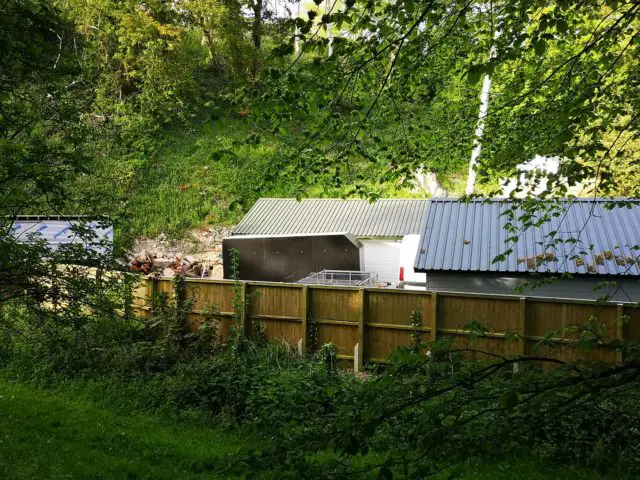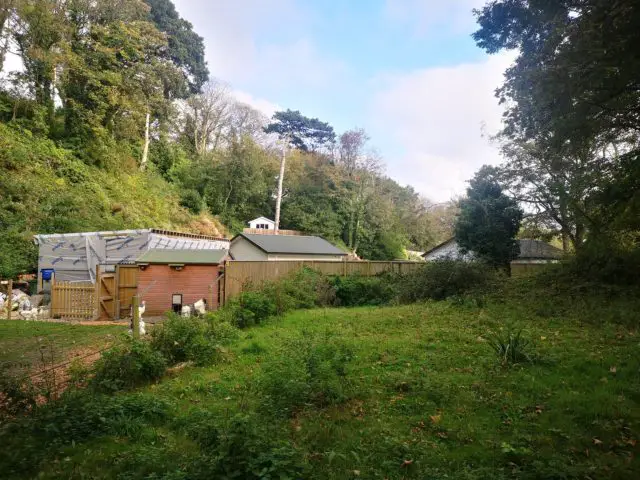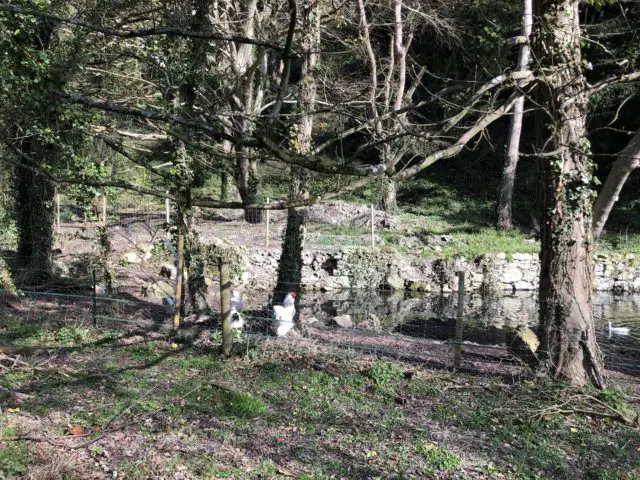The Local Government and Social Care Ombudsman has issued a damning report, highlighting a catalogue of failures made by planning officers at Isle of Wight council (IWC).
The report, instigated due to a complaint lodged by Ms B and seen by News OnTheWight, criticises the IWC planning department for wrongly allowing development in an internationally-recognised protected conservation area in Niton Undercliff – something that continued for almost four years.
The Ombudsman states in the report,
“If we cannot rely on the council as the local planning authority to be aware of the position and importance of protected land, then it a matter of serious concern, not only to individuals… but also to the wider public to ensure that it remains undisturbed.”
The Ombudsman went on to say that “errors and wrong advice” that had been given to the landowner “contributed to more development than might otherwise have occurred”.
Bridge Cottage
As reported by News OnTheWight in January 2021, a retrospective application for the “retention and completion of two garages for domestic purposes” on the property known as Bridge Cottage attracted objections from a range of stakeholders including, as well as locals, the CPRE and Natural England.
Objectors argued that following the loss of trees and natural habitat for red squirrels, dormice and bats, this area had been replaced with industrial buildings and hard standings for parking.
Domestic or commercial use?
The small freight business, MCT Transport, is registered to the address, with photos on its Website showing freight vehicles on the property.
Despite this, and neighbours stating an increase in traffic of commercial vehicles, planning officers argue there has been no change of use from domestic on the site.
In a protected area
The development sits within a designated Area of Outstanding Natural Beauty (AONB), Site of Special Scientific Interest (SSSI) and within the South With Maritime Special Area of Conservation (SAC).
The Ombudsman found that IWC planning officers gave incorrect advice to the land owner, who continued with the development of new buildings.

A number of buildings (referred to as garages) have been erected on the site since 2018 and two are subject to a retrospective planning application.
No consideration of AONB
The first fault the Ombudsman found against IWC was when planning officers stated in November 2018 that the first garage was “permitted development”, without taking into account it was in an AONB, and partly within an SSSI and SAC.
Officers failed to consider the impact on the SSSI/SAC, as well as subsequently failing to notice it appeared in the plans for another planning application.
This Ombudsman says this would have given the local authority further opportunity to consider the impact on the SSSI/SAC.
Lack of consultation
The investigation also found fault with IWC for failing to properly consult with Natural England – who had requested a meeting to discuss the matter, but never heard back from officers.
Natural England say they would have advised a Habitats Regulation Assessment was necessary.
The Ombudsman’s report also calls into question the council’s decision to now grant so-called “tacit” approval to the first building, which went up at the end of 2018.
Officers finally admit harm caused to surroundings
The photograph at the top of the article is taken from above the site as you look down from Old Blackgang Road, and alongside the development from the adjacent National Trust footpaths.

They show why even the council’s own AONB office rather belatedly now states in its objection,
“The result of this is a site now blighted by commercial sized garages due to the removal of trees and undergrowth, having a significant, harmful, visual impact upon the AONB, highly visible from the adjacent Heritage Coast and open access land owned by the National Trust.”
More building and addition of domestic hens and ducks
Ms B explains that even after her formal complaint in July 2020, a third unfinished building went up and a section of the natural stream and pond were enclosed for domestic hens and ducks.

In October that year, emails obtained under an Environmental Information Request (EIR) show officers were still minded to “regularise what has taken place” – even though they could have had no doubts about the sensitivity of the site.
As reported last year, Natural England had by then set out detailed concerns.

Action required
The Ombudsman has called on the IWC to apologise to Ms B and pay a token amount of £300 to a charity of her choice – Ms B says this will go to a local conservation project.
The Ombusdman has also said the IWC must, within three months:
- Review its current procedures to ensure the Council complies with the requirements of regulation 7 of the Openness of Local Government Bodies Regulations 2014 when officers grant permission under delegated powers.
- Arrange training for relevant officers regarding the need to consider the impact of development on SSSI, SAC and AONB where appropriate and the impact these areas have on permitted development.
Ms B: Was about protection of the Undercliff’s flora and fauna
Following the Ombudsman investigation, Ms B told News OnTheWight,
“The Ombudsman’s report is a damning indictment of the council’s Planning Department. I was forced to go to the Ombudsman because planners didn’t take any complaints seriously.
“In my view, they appeared determined to do anything to cover-up, or justify, poor planning decisions which have unfortunately led to further unnecessary destruction of the site.
“It was never about injustice to me or other objectors, but about trying to get the council to fulfil its duties to protect the flora and fauna of the Undercliff. I hope it now does that.”
IWC: Accept the findings
The Isle of Wight council told News OnTheWight,
“The Council has accepted the LGSCO’s findings and will implement all the recommendations in the LGSCO’s report.”
When asked whether any disciplinary action been taken, they replied,
“Whilst the LGSCO has identified faults, the faults are not considered to be of a scale to warrant disciplinary action and the remedial action required by the LGSCO is considered proportionate.”
Decision due within a fortnight
At present the planning authority has still not given a decision about the retrospective application, which was first submitted back in October 2020 and which the applicant was asked to resubmit in January 2021.
However, an IWC spokesperson told News OnTheWight today that,
“This remains a live application, and the Council will not usually comment on live applications.
“The Council can, however, confirm that the decision is expected to be issued within the next couple of weeks and once issued will be available on its planning Website.”





